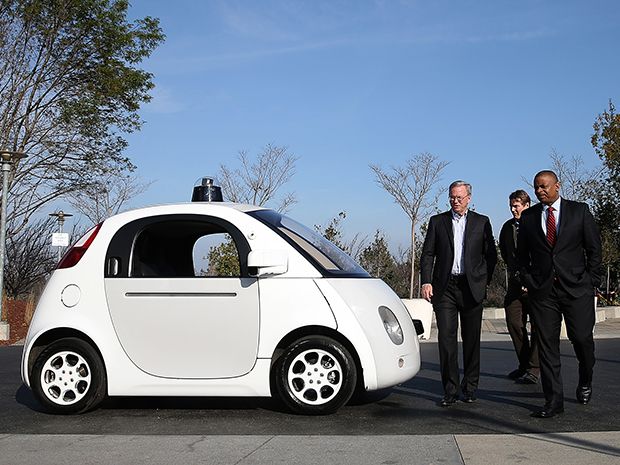Obama's $4-Billion Self-Driving Car Plan Is All About Laws and Testing
The 10-year government proposal aims to make state laws about self-driving cars consistent nationally
Self-driving cars cannot become a reality in the United States until state regulations catch up with the technology. That is why the Obama administration has laid out a $4-billion plan to help create consistent state regulations on autonomous vehicles across the country and speed along testing of such vehicles.
The proposal to pave the way for self-driving cars over the next decade was unveiled by the U.S. Department of Transportation in the wake of President Obama’s final State of the Union address. One proposed milestone includes developing testing and performance standards for fully autonomous vehicles within the next six months. Another half-year goal is to develop a “model state policy on automated vehicles” that would help ensure consistent national policy toward the technology.
“We are on the cusp of a new era in automotive technology with enormous potential to save lives, reduce greenhouse gas emissions, and transform mobility for the American people,” said Anthony Foxx, U.S. Secretary of Transportation, in a press release statement.
Widespread deployment of self-driving cars could potentially reduce the number of fatal crashes involving human error by 94 percent, said Mark Rosekind, administrator of the National Highway Traffic Safety Administration (NHTSA). Experts have also pointed to possible benefits such as making driving commutes more efficient and enabling robo-taxi services that reduce the need for individual car ownership and lower the number of cars on the road.
“We will work with state partners toward creating a consistent national policy on these innovations, provide options now and into the future for manufacturers seeking to deploy autonomous vehicles, and keep our safety mission paramount at every stage,” Rosekind said in a statement.
Everyone can probably agree that national consistency on the laws governing self-driving cars is a good idea. But getting everyone to agree on what those laws should be may prove a challenge. For example, California recently issued a draft proposal of tough regulations that would demand a driver behind a steering wheel: a requirement that rules out autonomous vehicles lacking such traditional controls. The California proposal would also rule out individual ownership of self-driving cars by limiting autonomous vehicle vendors to simply leasing rather than selling the vehicles to consumers.
Unsurprisingly, Silicon Valley giant Google—who’s prototypes lack a steering wheel—expressed its disappointment in the California proposal’s limitations. The company has also begun setting up a ride-sharing service based on self-driving cars that could theoretically conform to California’s proposed rules and compete with existing ride-sharing services such as Uber or Lyft. Both Uber and Lyft have also been developing their own robot car technologies.
Other states have enacted or proposed different variations of regulations for autonomous vehicles. (You can see more state regulations currently being debated or in effect at the Automated Driving: Legislative and Regulatory Action website maintained by Gabriel Weiner and Bryant Walker Smith at the Center for Internet and Society at Stanford Law School.)
A different challenge may come from figuring out how to set testing and performance standards for the many different self-driving car technologies in development. But in any case, the Obama administration’s plan represents a crucial and necessary step toward preparing U.S. roads for the arrival of robot cars.
Jeremy Hsu has been working as a science and technology journalist in New York City since 2008. He has written on subjects as diverse as supercomputing and wearable electronics for IEEE Spectrum. When he’s not trying to wrap his head around the latest quantum computing news for Spectrum, he also contributes to a variety of publications such as Scientific American, Discover, Popular Science, and others. He is a graduate of New York University’s Science, Health & Environmental Reporting Program.
